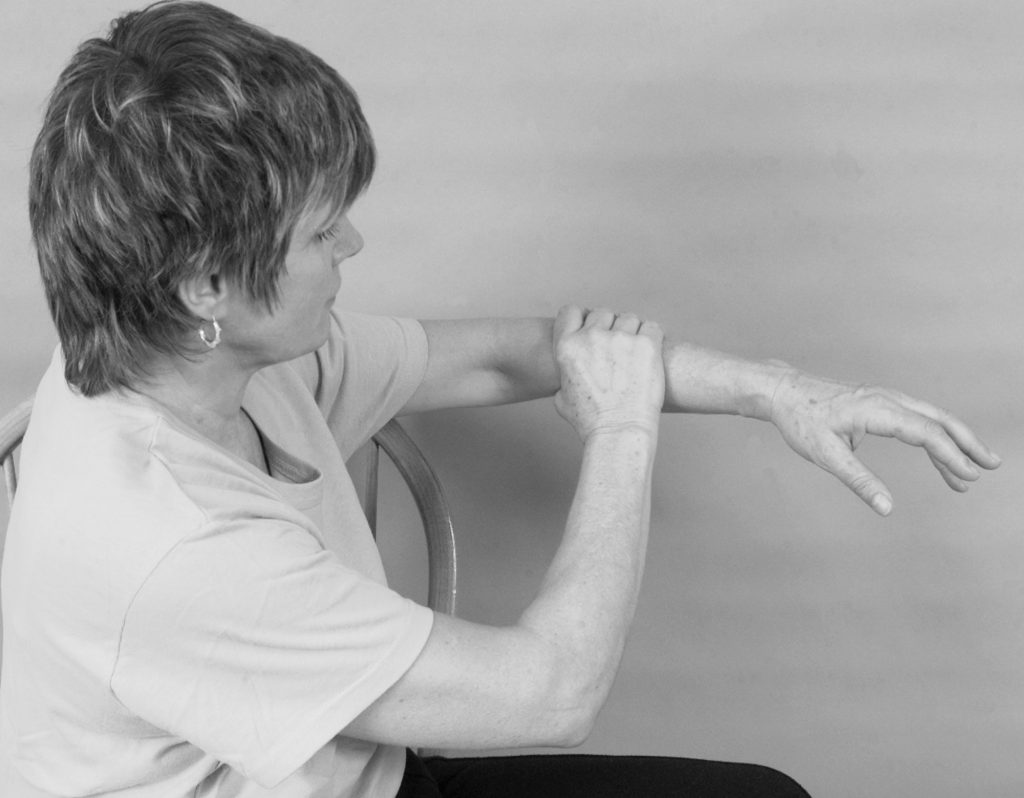Trigger finger release techniques are simple to do when you learn just a few focused points in your forearm. The debilitating effects of trigger finger are caused by the flexor muscles that move your fingers down (so you can tap on the table) and the extensor muscles that move your fingers up (so your fingers aren’t touching the table any more). There are so many people who have this same problem that I wanted to discuss it here on the Stop Pain FAST! blog.
Trigger finger is a repetitive strain injury of your forearm muscles, and when you release the spasms in the fibers your fingers will begin to move easily.

